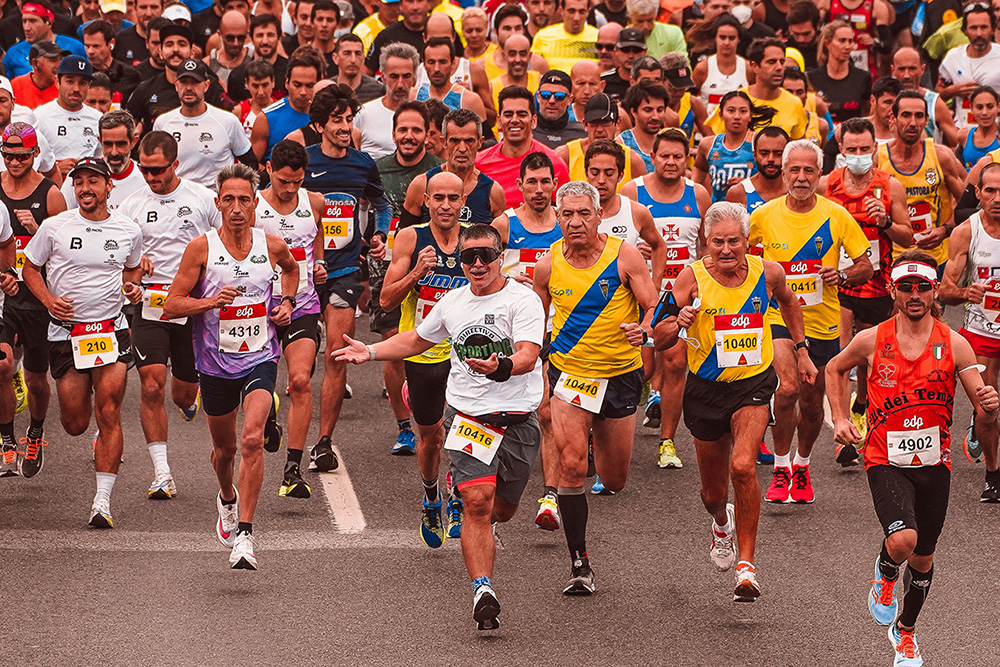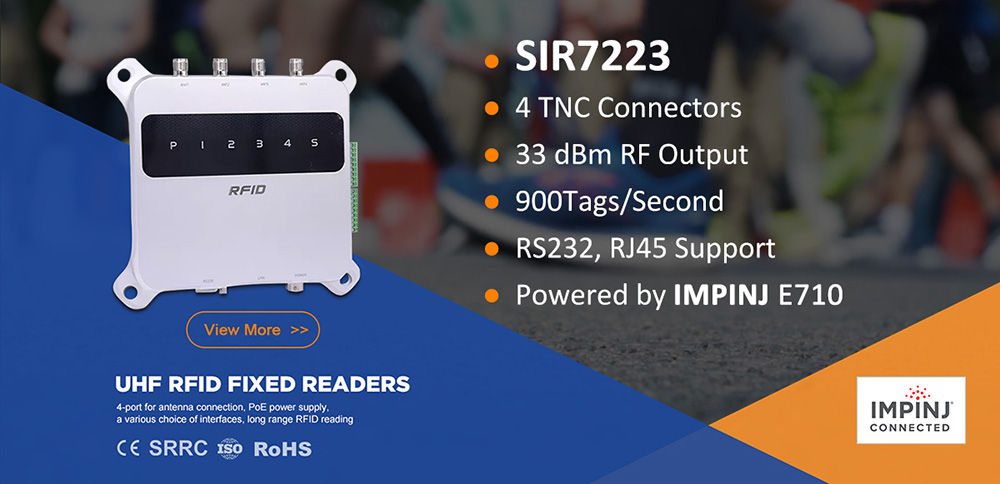Your location: Home Page > RFID Blog | SILION TECH > How to build a race timing systems?
News and Information
How to build a race timing systems?
Author:2023-03-21 15:03:00
Race timing systems have come a long way since the days of manual timekeepers with stopwatches. These days, most races use RFID race timing systems to accurately record each participant's finish time. In this blog post, we will explain what an RFID race timing system is and how you can build one.

What is an RFID race timing system?
An RFID race timing system uses radio frequency identification (RFID) technology to track the movement of participants during a race. Each participant wears a small RFID tag that sends a unique signal to an RFID reader located at the finish line. When the tag passes through the reader, the time is recorded and stored in a database.
The benefits of using an RFID race timing system are numerous. It provides accurate results, eliminates the need for manual data entry, and allows participants to see their times almost immediately after finishing the race.
How to build an RFID race timing system?
Building an RFID race timing system requires a few components:
RFID tags - These tags are attached to the participants and transmit a unique signal to the reader.
RFID reader - he reader is placed at the finish line and receives the signal from the RFID tag.
Antenna - The antenna is connected to the RFID reader and amplifies the signal from the tag.
Software - The software receives the data from the reader and stores it in a database.
Display - The display shows the results to the participants and spectators.

Here are the steps to build an RFID race timing system:
Step 1: Set up the RFID reader and antenna at the finish line. Make sure the antenna is positioned correctly to receive the signal from the RFID tag.
Step 2: Attach the RFID tags to the participants. The tags can be placed on the bib or on the shoe.
Step 3: Connect the RFID reader to the software. The software should be configured to receive the data from the reader and store it in a database.
Step 4: Test the system. Run a few tests to make sure the system is working correctly.
Step 5: Display the results. The results can be displayed on a large screen for participants and spectators to see.
RFID race timing systems provide an accurate and efficient way to track participants during a race. Building an RFID race timing system requires a few components, including RFID tags, an RFID reader, an antenna, software, and a display. By following the steps outlined in this blog post, you can build your own RFID race timing system and provide accurate results for your next race.